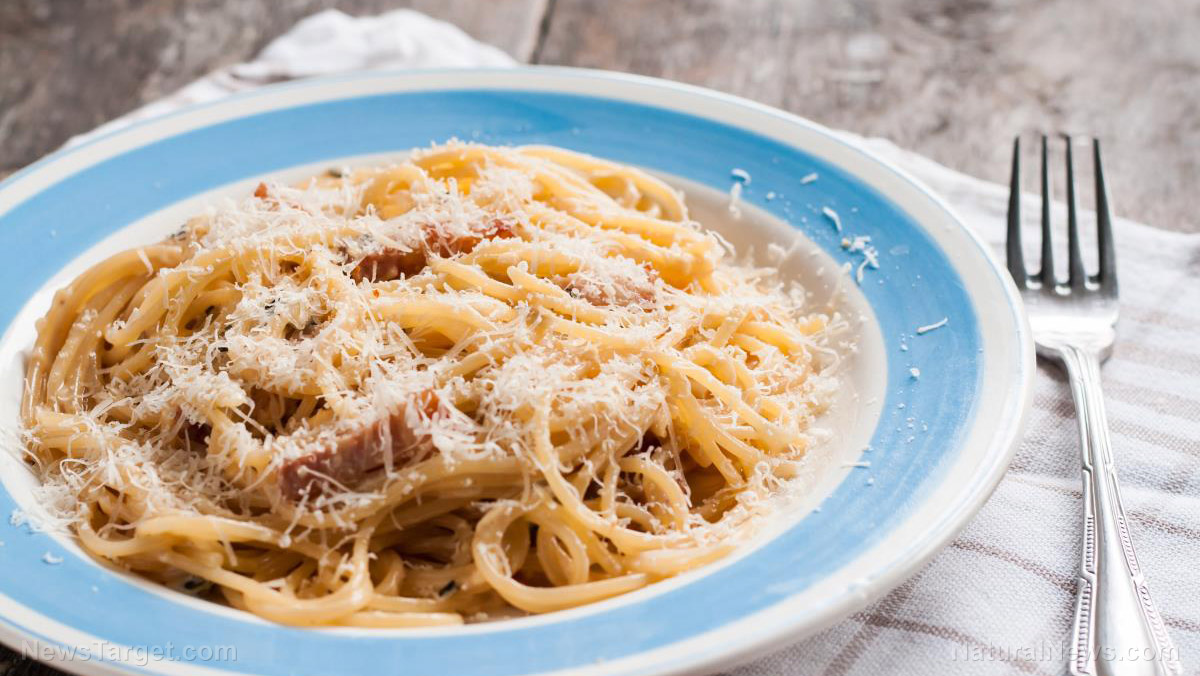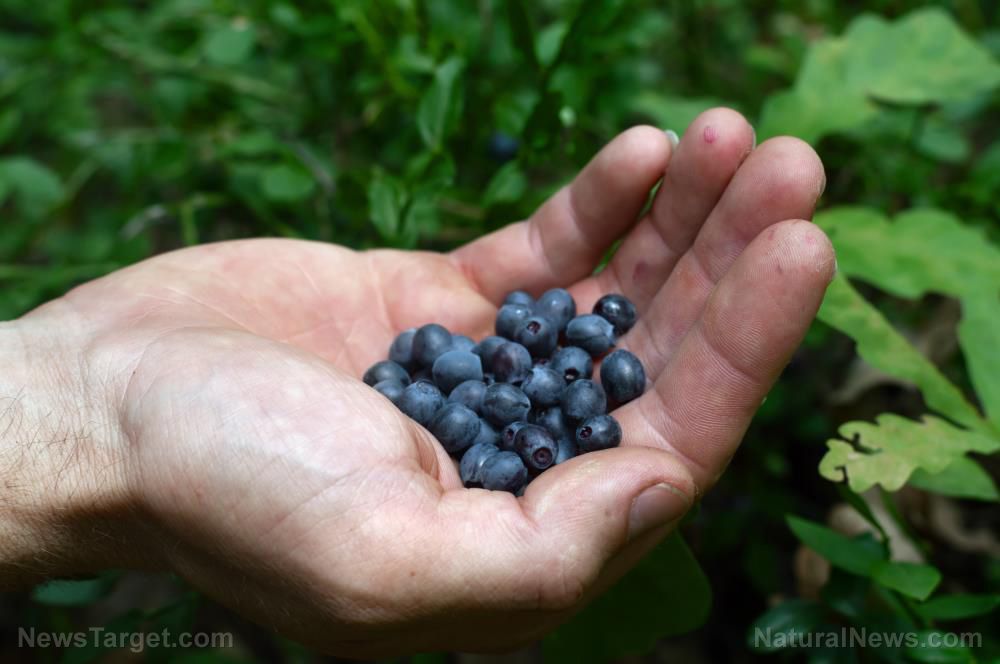
Advertisement
Pasta is a very versatile and convenient ingredient: it can be dressed up with fancy sauces, or cooked into simple and satisfying one-pot dinners that often evoke memories of home.
Needless to say, pasta is an enormously popular food item. The National Pasta Association noting that the average person in the United States eats up to 20 pounds of pasta every year.
Pasta, however, has recently become the subject of controversy. This is something most likely brought about by the calorie-dense and carbohydrate-rich nature of the standard-issue pasta you can get at your neighborhood grocery store.
That said, is pasta really that bad?
The answer is no. In fact, pasta – albeit the whole-grain kind – is a staple part of the Mediterranean diet. This is one of the most effective and healthy eating plans one can follow.
This, according to a study conducted by a team of Indian researchers, is because whole-grain pasta is packed with up to 10 grams of dietary fiber and 12 grams of protein per serving, making them incredibly filling without piling on any unnecessary calories.
Another study found that people on a low-glycemic index (GI) diet still lost weight even when they ate pasta, noting that its consumption did not cause any weight gain or increases in body fat.
This is supported by the American Diabetes Association, which noted that starchy foods such as pasta can be part of a healthy diet for people with diabetes, provided that they have a low glycemic index.
GI is a measure of how quickly and significantly a carbohydrate-rich food such as pasta can raise an individual’s blood sugar. The faster the absorption, the higher and faster a person’s blood sugar levels will spike.
Generally speaking, lower-glycemic foods such as those that contain complex carbohydrates, are absorbed at a much slower rate. This means that they can help a person control their weight and lower their risk of heart disease and Type 2 diabetes.
With that said, here are the other health benefits that one can get from whole-grain pasta:
Whole-grain pasta is high in nutrients
Whole-grain pasta is made from intact wheat, which means it is high in fiber, manganese, selenium, copper and phosphorus, compared to standard, refined pasta, which typically gets its nutrients from artificial sources.
In addition, whole-grain pasta is also lower in calories when compared to its more refined counterpart.
Whole-grain pasta is rich in folate
Because whole-grain pasta is made from the entire wheat kernel, including the germ, it is incredibly rich in folate.
Folate is essential when it comes to the synthesis of DNA and RNA, the body’s genetic material. This makes it incredibly important during pregnancy, as it is known to prevent children from developing birth defects.
Studies show that a serving of whole-grain pasta supplies the equivalent of roughly 100 micrograms of folic acid or 25 percent of the recommended daily intake. This means whole-grain pasta can be beneficial to women of child-bearing age.
Whole-grain pasta is a good backbone for a healthy diet
Dietary guidelines state that 35 percent of your daily calorie intake should come from complex carbohydrates such as whole-grain pasta. This means that you can combine pasta with lean protein and vegetables in order to make a complete and healthy meal.
How can I make my pasta dish healthier?
On its own, whole-grain pasta functions much like a blank canvas, in that it can take on different flavors and still result in delicious results every time.
There are several things one can do to ensure the final dish remains healthy, however, such as the following:
- Add plenty of fresh, organic vegetables
- Use lean proteins, such as free-range chicken breast or turkey meat
- Use homemade sauces instead of using prepackaged ones
- Limit your oils to one to two tablespoons per recipe
It is also worth noting that people learn how to control and limit their portions.
As healthy as it is, whole-grain pasta is still loaded with carbohydrates, which, when consumed in excess, may lead to health problems. As such, experts recommend that people fill half their plate with fruits and vegetables and just over a quarter with carbohydrates, such as whole-grain pasta and some protein, in order to have a perfectly balanced meal.
Whole-grain fettuccine with creamy alfredo sauce
A comfort dish like no other, this recipe, adapted from a dish by Horizon Organic, takes inspiration from classic Italian flavors, melding them together in one sumptuous — and healthy — dish.
Ingredients:
- 1 pound organic, whole-grain fettuccine or other pasta
- 4 tablespoons organic, grass-fed, unsalted butter
- 1 clove garlic, minced
- 1/2 cup unpasteurized fresh cream
- 1/2 cup unpasteurized fresh milk
- 1 cup freshly grated Parmesan cheese
- Pinch of organic nutmeg
- Freshly ground organic black pepper
- Finely chopped fresh organic parsley
- Seven quarts, cold, filtered water
- Two tablespoons Kosher salt or rock salt
Preparation:
- In a deep saucepan, mix six quarts of cold filtered water and two tablespoons of salt
- Bring the pot of cold water to a fast boil. Cover the pot with a lid to help bring the water to a boil faster.
- Once the water reaches a fast boil, add all of the pasta. Keep the heat high to bring the water back to the boil as quickly as possible.
- Cook the pasta, uncovered, at a fast boil. Stir the pasta frequently with a long wooden spoon to help it cook faster and to prevent it from sticking.
- Most types of pasta cook in 8 to 12 minutes. Test dry pasta for doneness after every 4 minutes by tasting it. By the eighth minute, it should be al dente. If the pasta is still uncooked at the center, continue cooking for another four minutes.
- Once the pasta has finished cooking, immediately add a quart of cold water. This will stop the cooking process and prevent the pasta from becoming soggy.
- Drain the pasta.
- While the pasta is draining, melt butter in a large saucepan over medium heat. Add garlic and sauté for 2 to 3 minutes. Add the cream and milk, and then reduce the heat to a gentle simmer. Let the sauce cook for five minutes.
- After five minutes, add Parmesan cheese, nutmeg and pepper and cook for another minute until the sauce is smooth.
- Once the sauce is finished, add the pasta into the saucepan — stir constantly with a wooden spoon to ensure each strand gets coated with the sauce.
- Spoon the finished pasta into individual plates and top with finely chopped parsley.
- Serve and enjoy!
There’s more to pasta than just being everyone’s favorite comfort food — it’s actually a very nutritious food item that can serve as a springboard for many balanced meals and healthy dishes. Not only that, it’s also packed with many health benefits, making it a worthy addition to your kitchen.
Sources:
Advertisements







